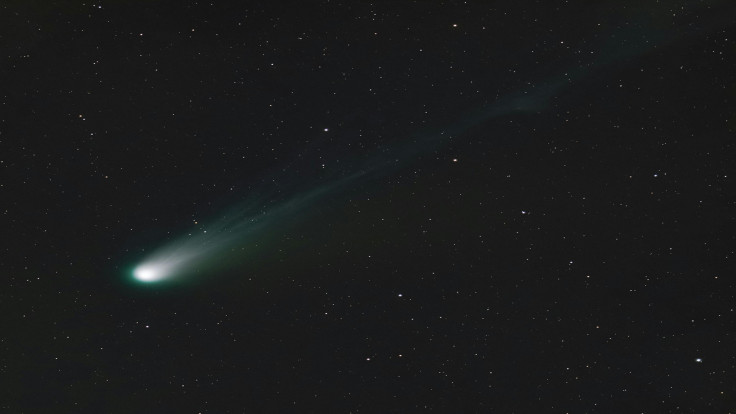
Some discoveries upend our sense of reality—none more so than 3I/ATLAS, a cosmic wanderer sparking wonder and controversy in equal measure. Astronomers are now grappling with a set of mysteries so profound that they could change how we classify objects in our solar system forever.
As 3I/ATLAS hurtles towards the Sun, its story has seized headlines, inspired global debate, and challenged the strict boundaries between science fiction and astrophysical fact.
How 3I/ATLAS Proves Our Solar System Is Not Alone
The fascination begins with 3I/ATLAS's unmistakable foreign origins. Like Oumuamua before it, 3I/ATLAS entered our solar system along a hyperbolic path, confirming that it was flung from interstellar space rather than born of the Sun's gentle grip.
These trajectories make both objects cosmic outsiders; neither could ever be gravitationally bound to our system. Each rapid approach carries echoes of distant worlds, drawing viewers and experts into a conversation about what else may be drifting between the stars.
Why 3I/ATLAS Is Racing Faster Than Ever
Speed sets these visitors apart. When Oumuamua zipped through at approximately 87 km/s, astronomers marvelled at the implications. 3I/ATLAS joins in at similar, breakneck interstellar velocities—greater than the solar system's escape velocity—highlighting its extraordinary origin.
These numbers are not mere statistics: they reveal the energies required to escape from an alien sun, traverse frozen space, and survive unimagined eons.
The Enigma of 3I/ATLAS's Invisible Tail
Comets are renowned for their bright, trailing comas. Yet when Oumuamua accelerated without a visible tail, astronomers questioned everything they knew.
Early images show 3I/ATLAS also lacks the classical features, puzzling scientists over what lies beneath its icy surface. These stunning omissions suggest new chemistry or hidden surface processes at work, the secrets of which continue to elude researchers.
What 3I/ATLAS's Acceleration Reveals About Deep-Space Propulsion
When Oumuamua defied gravitational predictions, theories ran wild—outgassing, alien technology, and more. Now, 3I/ATLAS exhibits behaviour just as mysterious, raising questions about its composition and how interstellar travellers navigate the Milky Way.
Is it driven by forces yet unobserved? The nature of its motion remains unresolved, inspiring researchers to seek answers in unprecedented ways.
#3IATLAS came from the same source as Oumuamua and the Wow Signal, could this be an interstellar highway for alien civilizations? pic.twitter.com/2EKBLvX9k9
— Surajit (@surajit_ghosh2) October 26, 2025
Decoding the Shape and Structure of 3I/ATLAS
Physical properties are the final frontier. Oumuamua's elongated, 'pancake' silhouette broke the mould for known comets and asteroids.
Early radar returns and brightness patterns suggest 3I/ATLAS may also have a non-standard shape, defying categorisation and compelling astronomers to rethink what interstellar objects look like. Novel structural clues hint at ancient collisions, disruptions, or cosmic phenomena rarely seen.
3I/ATLAS and the Race Against Time
Speed and faintness create an exceptionally short window for detection. By the time scientists glimpsed both Oumuamua and 3I/ATLAS, each was already streaking through the inner solar system, poised to vanish into the blackness once again.
The challenge is not just identifying them, but dedicating resources—sometimes costing £750,000 ($900,000) or more—to study these guests before they are gone forever.
Why Scientists Believe 3I/ATLAS Demands A New Definition
Traditional definitions of comets and asteroids are no longer sufficient. Oumuamua set a precedent by refusing to fit any known category, and now researchers argue 3I/ATLAS represents an entirely new class of cosmic object.
Neither comet nor asteroid, both stand as messengers from the deep, unknown regions of the galaxy.
Anticipating 3I/ATLAS's Solar Encounter
Excitement builds as 3I/ATLAS nears perihelion—the closest point to the Sun—on 29 October. Scientists wait in suspense, eager to see whether the object's surface, behaviour, or brightness will change after passing behind the Sun. Some estimate its next appearance could tell us whether its secrets will remain locked away, or if it will reshape our understanding forever.







